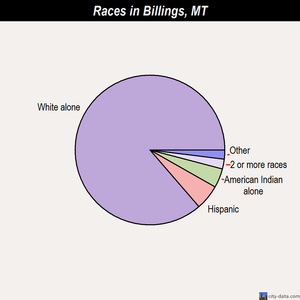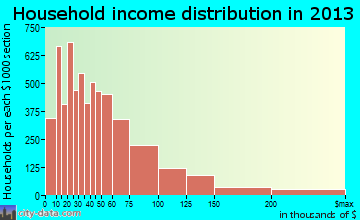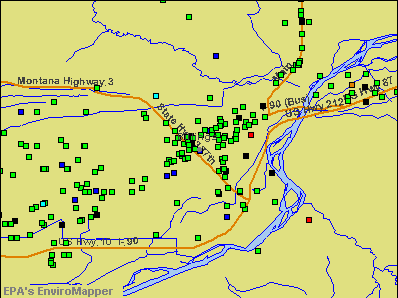Billings is located in the south central region of Montana.
It is the largest and most populated city in Montana, and the major
metropolitan area of the state with the population around 162,848 people. It’s being run through by the Yellowstone
River. Its topography is a mix of plains and mountains. The city is located in
a very fertile valley with mountain ranges surrounding it. The valley’s soils
are very deep, and it consists of silty clays and well-drained loams. There are
many sandstone cliffs ranging from 300 to 500 feet high. In the southern area
of the city, there are very steep hills and flat tablelands within the terrain.
The region in Billings is rather distinctive. Billings’
geologic history is that the city is located at the bottom of the large
rimrock. The Yellowstone River created a
deep cut into the earth and created the Yellowstone Valley. This also created
and showed the sandstone cliffs that later became the landmark of the city. And
the Yellowstone River itself is also a landmark. The river is one of the last
free-flowing rivers in the states. The rimrock is more than 460 feet tall, and
there were also parks on the rimrocks that allow visitors to get a great view
of the city and far away mountains including the Rockies and Pryor Mountains in
the west side.
There are rarely any sinkholes in Billings or even in
Montana. Typically, sinkholes appear often in old mining yards. Therefore, it
is possible for them to have sinkholes. There are also occurrences of sinkhole
appearing at the irrigation dam and when there is water pipe break. There is an
occurrence in Helena, the capital of Montana, where there’s a sinkhole that
appeared in the backyard of a household while turning on the sprinkler. According
to the geologic expert, the southwest part of Montana is likely to face other
geographical hazards than sinkholes, but the hazard wouldn’t be a major one.
Billings is not likely to have earthquakes comparing to every other states. But
the area is likely to be damage by tornados within Montana, it’s still less
likely to have tornadoes comparing to other states.







